OH_Varmntr
Burner of stored sunlight
Gologit suggested in another thread of mine to post up some pictures in this forum to get some feedback on getting better at felling techniques.
You can read up on my current job I've taken on. No money is exchanged, I was merely asked if I wanted to clear about a miles worth of ditchbanks for a friend. I said yes, as I will use it for firewood.
You can view my other thread here...
http://www.arboristsite.com/firewood-heating-wood-burning-equipment/188108-new.htm
There's a lot of smaller trees in bunches of 5 or 6 on a single stump. I've just been dropping the easiest first. By easiest I mean the ones that need to get out of the way before I can drop the others behind them. There's also some "bigger" trees, up to about 2' across. Not big to some of you, but you know what I mean.
Since the ditch is so long I've just been notching and backcutting away to get a lot of wood on the ground as quickly and as safely as possible. Some of them are leaning over the ditch enough that I can't get in front to give it a notch so I just do a single backcut and get away as the tree is going over. Then I'll return to finish it off. Are there safer alternatives to this?
Here's a few pictures of what I'm up against and the various trees I've been taking down. I'll add more as I have the opportunity to take more pictures. Thanks for any tips in advance!
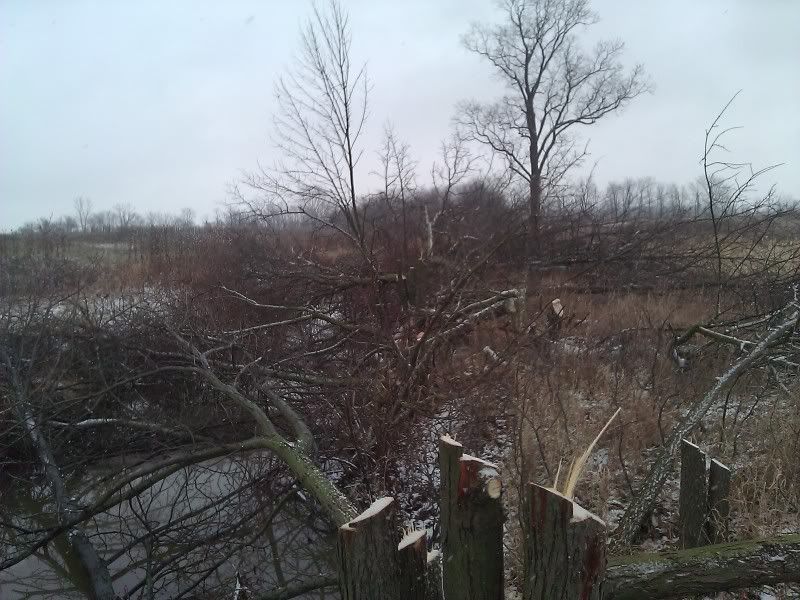
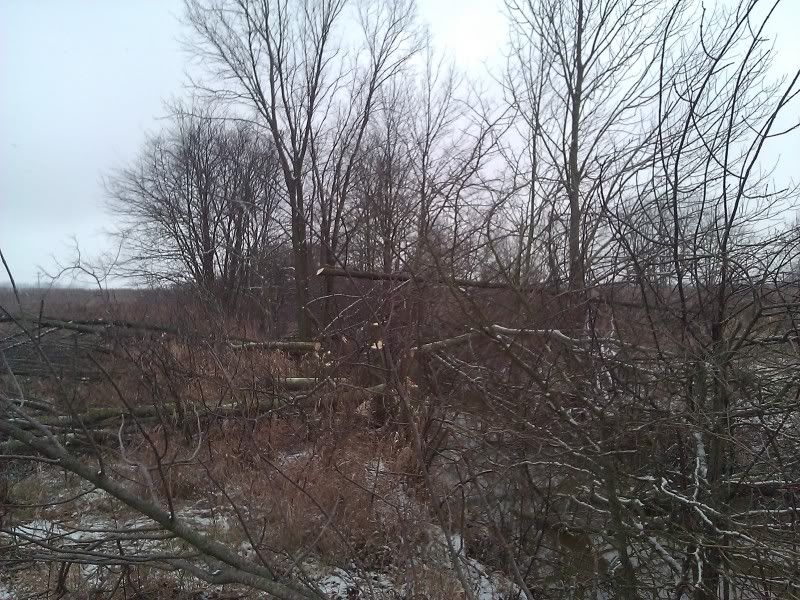
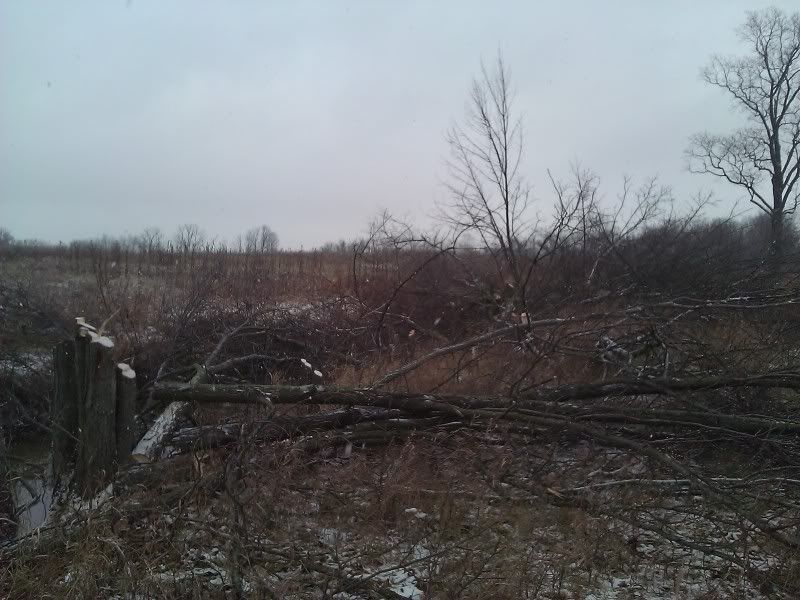
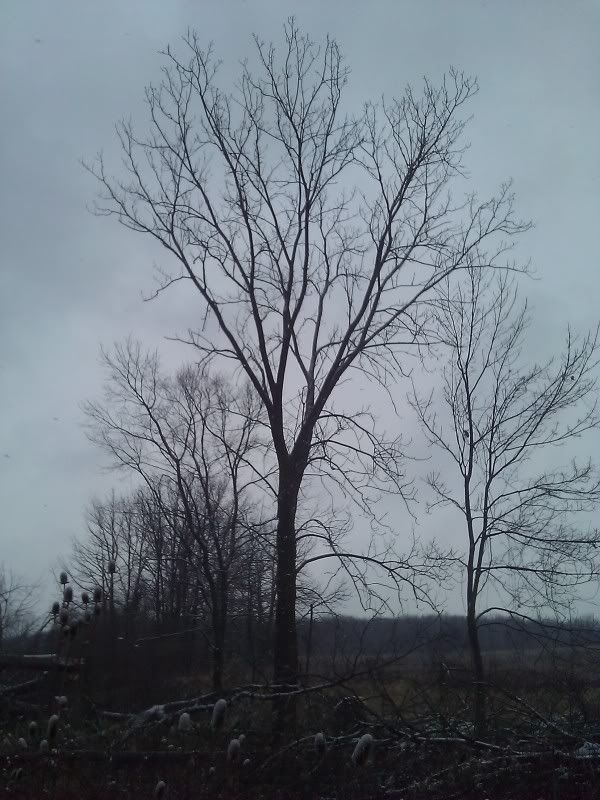
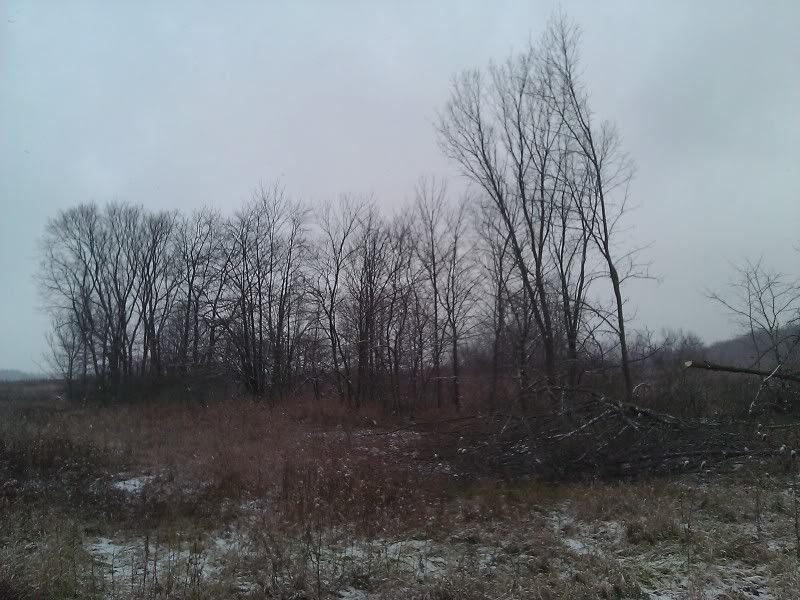
There are also videos which can be found in the above thread.
You can read up on my current job I've taken on. No money is exchanged, I was merely asked if I wanted to clear about a miles worth of ditchbanks for a friend. I said yes, as I will use it for firewood.
You can view my other thread here...
http://www.arboristsite.com/firewood-heating-wood-burning-equipment/188108-new.htm
There's a lot of smaller trees in bunches of 5 or 6 on a single stump. I've just been dropping the easiest first. By easiest I mean the ones that need to get out of the way before I can drop the others behind them. There's also some "bigger" trees, up to about 2' across. Not big to some of you, but you know what I mean.
Since the ditch is so long I've just been notching and backcutting away to get a lot of wood on the ground as quickly and as safely as possible. Some of them are leaning over the ditch enough that I can't get in front to give it a notch so I just do a single backcut and get away as the tree is going over. Then I'll return to finish it off. Are there safer alternatives to this?
Here's a few pictures of what I'm up against and the various trees I've been taking down. I'll add more as I have the opportunity to take more pictures. Thanks for any tips in advance!





There are also videos which can be found in the above thread.





 Note my signature line. I do know that like Billybob said, when on a steep cutbank, or streambank, make some solid footing to work from. And have your escape routes brushed and figured out before cutting.
Note my signature line. I do know that like Billybob said, when on a steep cutbank, or streambank, make some solid footing to work from. And have your escape routes brushed and figured out before cutting.